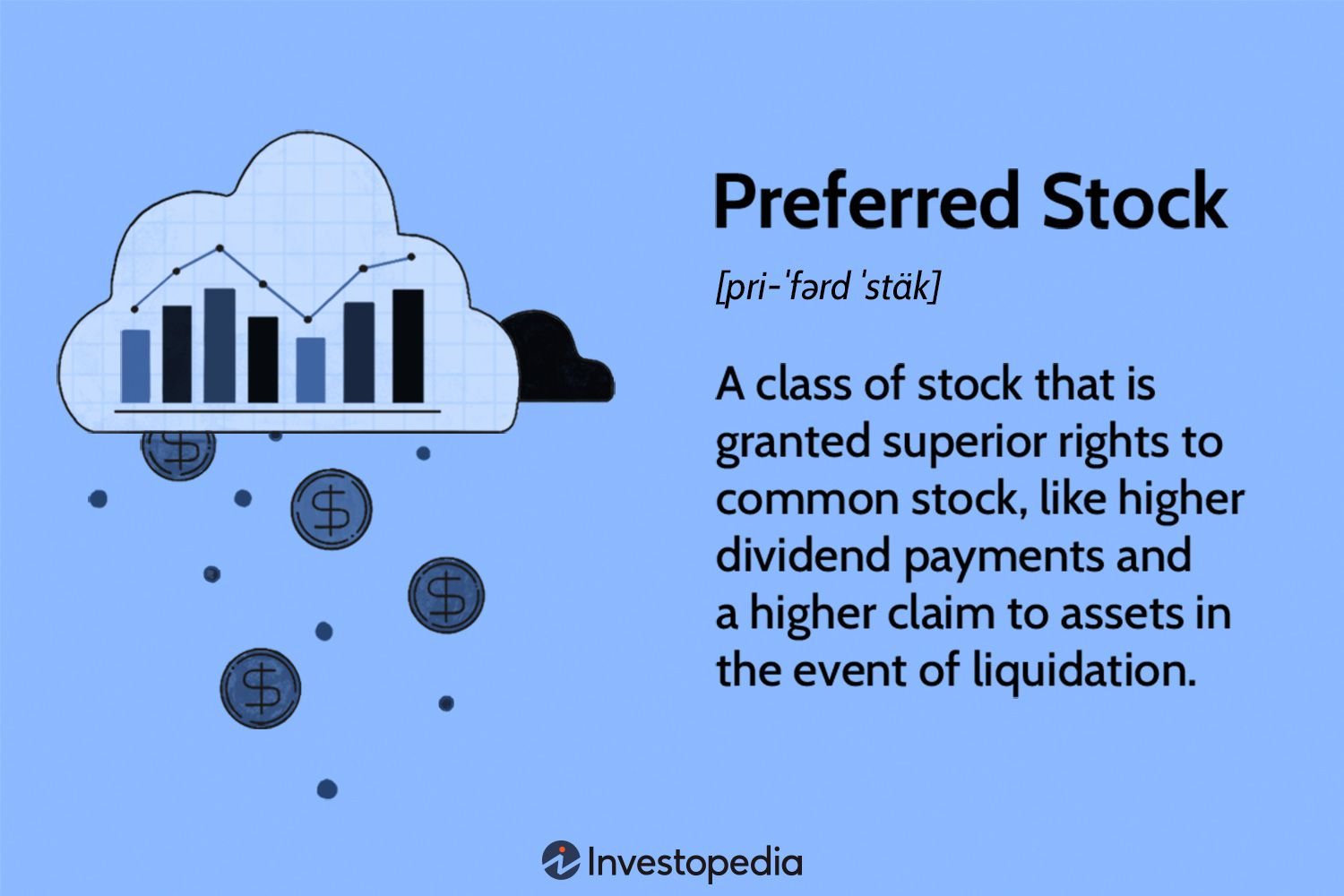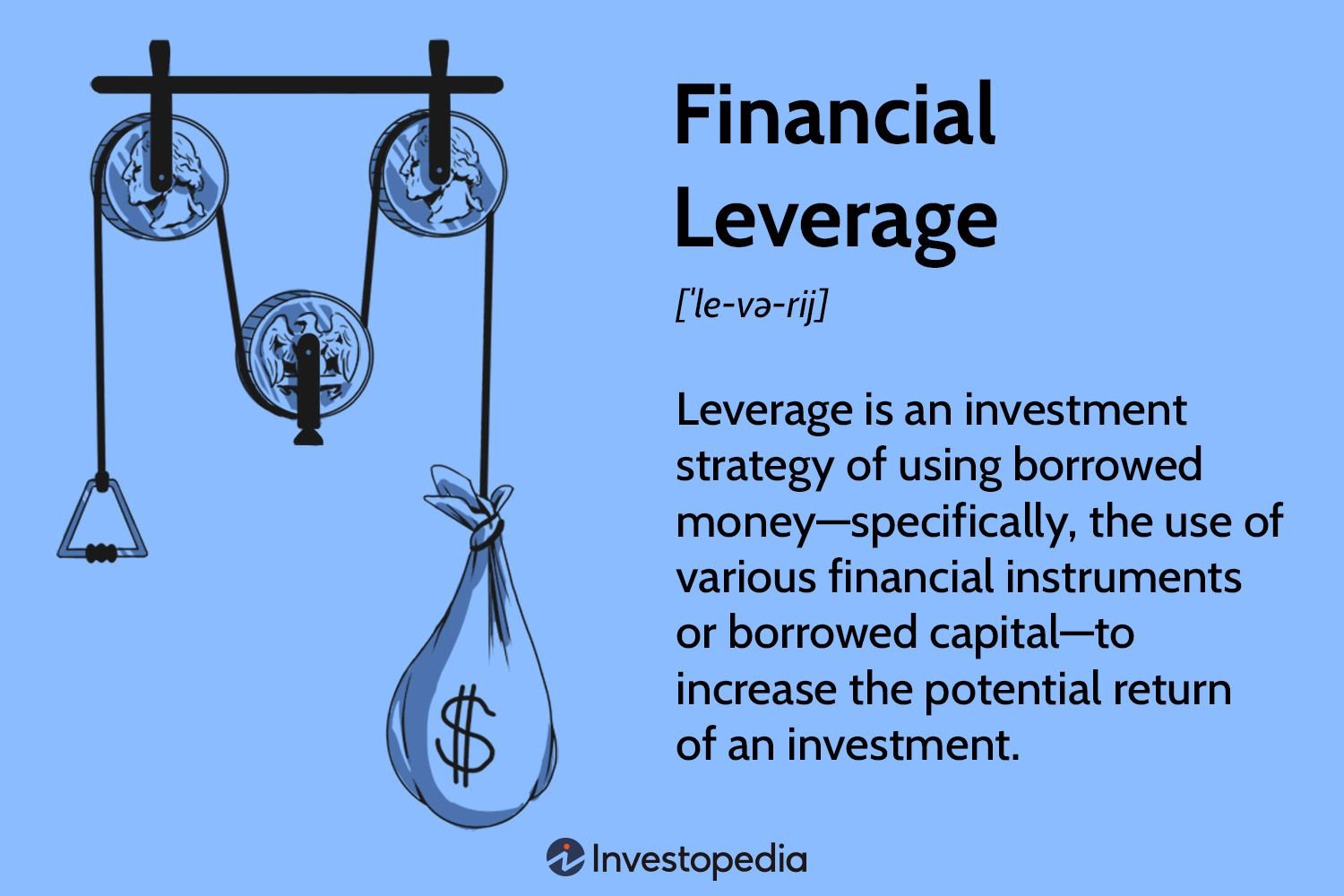Are you interested in investing in preferred stocks but don’t know where to start? Well, you’ve come to the right place! In this blog article, we will explore what you need to know about investing in preferred stocks. From understanding the basics to analyzing key factors, we’ll cover it all. So, whether you’re a beginner looking to dip your toes into the world of preferred stocks or a seasoned investor seeking to diversify your portfolio, this article will provide you with the insights you need to make informed investment decisions. Let’s dive in!
What to Know About Investing in Preferred Stocks
Introduction
When it comes to investing, there are various options available in the stock market. While common stocks are the most well-known, there is another type of investment that offers unique characteristics and potential benefits: preferred stocks. Preferred stocks are a hybrid between common stocks and bonds, providing investors with a different set of features and advantages.
In this article, we will delve into the world of preferred stocks and explore what you need to know before considering them as part of your investment portfolio. From understanding the basics of preferred stocks to evaluating their risks and returns, we will cover all the essential aspects to help you make an informed decision.
What Are Preferred Stocks?
Preferred stocks represent ownership in a company, similar to common stocks. However, they differ in terms of priority and dividend payments. Preferred stockholders have a higher claim on the company’s assets and earnings compared to common stockholders. They are given preference over common stockholders when it comes to receiving dividend payments or liquidation proceeds.
Here are some key features of preferred stocks:
- Dividend Payments: Preferred stockholders typically receive fixed dividend payments. These dividends are paid out before any dividends are distributed to common stockholders. The dividend rate is usually expressed as a percentage of the par value of the preferred stock.
- Priority in Liquidation: In the event of a company’s liquidation or bankruptcy, preferred stockholders have a higher claim on the company’s assets compared to common stockholders. They are entitled to receive their investment back before common stockholders receive any distributions.
- No Voting Rights: Unlike common stockholders, preferred stockholders usually do not have voting rights in the company. This means they have limited influence over corporate decisions.
- Callable or Convertible: Some preferred stocks may have additional features such as being callable or convertible. Callable preferred stocks allow the issuer to redeem the shares at a predetermined price after a specified period. Convertible preferred stocks can be converted into a predetermined number of common shares.
Types of Preferred Stocks
Preferred stocks come in various forms, each with its own set of characteristics. Here are the common types of preferred stocks:
1. Cumulative Preferred Stocks
Cumulative preferred stocks ensure that any missed dividend payments accumulate and must be paid to preferred stockholders in the future. If a company fails to pay a dividend in one year, it must make up for it before paying dividends to common stockholders.
2. Non-Cumulative Preferred Stocks
Non-cumulative preferred stocks do not accumulate missed dividend payments. If a company fails to pay a dividend in a particular year, the preferred stockholders do not have the right to claim those missed payments in the future.
3. Participating Preferred Stocks
Participating preferred stocks provide preferred stockholders with the opportunity to receive additional dividends beyond the fixed dividend rate. If the company performs exceptionally well and distributes higher dividends to common stockholders, participating preferred stockholders may also receive a share of those additional dividends.
4. Callable Preferred Stocks
Callable preferred stocks grant the issuer the right to redeem the shares at a specified price after a certain period. This feature allows the company to retire the preferred shares if interest rates decrease, enabling the issuer to issue new shares with lower dividend rates.
5. Convertible Preferred Stocks
Convertible preferred stocks give the stockholder the option to convert their preferred shares into a predetermined number of common shares. This feature provides an opportunity to benefit from potential capital appreciation if the common stock price rises significantly.
Advantages of Investing in Preferred Stocks
Preferred stocks offer several advantages that may appeal to certain investors. Here are some of the benefits:
- Stable Dividend Income: Preferred stocks tend to offer higher dividend yields compared to common stocks and bonds. This makes them an attractive option for income-seeking investors who desire a stable income stream.
- Priority in Company Assets: In the event of liquidation or bankruptcy, preferred stockholders have a higher claim on a company’s assets. This can provide some level of protection for the investor’s capital.
- Lower Volatility: Preferred stocks often exhibit lower price volatility compared to common stocks. This means there may be less price fluctuation, resulting in a smoother investment journey.
- Callable and Convertible Features: Callable and convertible preferred stocks can offer additional flexibility and potential for capital appreciation, depending on the market conditions and issuer’s actions.
Risks of Investing in Preferred Stocks
While preferred stocks have their advantages, it is important to be aware of the potential risks involved. Here are some risks to consider:
- Interest Rate Risk: Preferred stock prices are influenced by changes in interest rates. When interest rates rise, the prices of existing preferred stocks may decline, making it important to monitor interest rate trends.
- No Voting Rights: Preferred stockholders do not typically have voting rights, which means they have limited say in corporate matters. This reduced influence can be a disadvantage for investors looking to have a voice in the company’s decision-making process.
- Call Risk: If a preferred stock is callable, there is a risk that the issuer will redeem the shares at a predetermined price. This can lead to the loss of potential future income or capital appreciation if the stock is performing well.
- Subordinated to Debt Holders: While preferred stockholders have a higher claim compared to common stockholders, they are typically subordinated to debt holders. In the event of a company’s bankruptcy, debt holders are paid before preferred stockholders.
How to Evaluate Preferred Stocks
When considering investing in preferred stocks, it is essential to evaluate them thoroughly. Here are some key factors to consider:
1. Dividend Rate and Payment Terms
Understand the dividend rate and payment terms of the preferred stock. Evaluate whether the dividend rate is attractive compared to other investment options and ensure the payment terms align with your investment goals.
2. Creditworthiness of the Issuer
Assess the creditworthiness of the issuer by evaluating their financial stability, credit ratings, and any available financial reports. A financially strong issuer is more likely to meet its dividend obligations.
3. Market Conditions and Interest Rates
Consider the current market conditions and interest rates. Evaluate how changes in interest rates may impact the value of the preferred stock. If interest rates are expected to rise, it may be prudent to be cautious.
4. Conversion or Call Features
If the preferred stock has conversion or call features, assess the potential impact on your investment. Evaluate the terms and conditions, as well as the underlying common stock’s performance if conversion is an option.
5. Diversification
Diversify your investment portfolio by including a mix of preferred stocks from different issuers and industries. This helps reduce the concentration risk associated with investing in a single company or sector.
Preferred stocks offer a unique investment opportunity for investors looking to diversify their portfolios and seek stable income. Understanding the key features, advantages, and risks associated with preferred stocks is crucial for making informed investment decisions. By evaluating the various types of preferred stocks, assessing the creditworthiness of issuers, and considering market conditions, investors can navigate the world of preferred stocks with confidence.
Remember, it is important to consult with a financial advisor or investment professional before making any investment decisions to ensure they align with your individual financial goals and risk tolerance. Happy investing!
The Basics of Investing In Preferred Stocks – Lucia Capital Group Weekly
Frequently Asked Questions
Frequently Asked Questions (FAQs)
What are preferred stocks?
Preferred stocks are a type of investment that represents ownership in a company, just like common stocks. However, preferred stocks have a higher claim on the company’s assets and earnings compared to common stocks.
How do preferred stocks differ from common stocks?
Preferred stocks differ from common stocks in terms of priority in dividend payments and liquidation. Preferred stockholders receive dividends before common stockholders, and they have a higher priority in receiving assets if the company goes bankrupt.
What is the advantage of investing in preferred stocks?
One advantage of investing in preferred stocks is the potential for regular dividend payments. Preferred stockholders often receive fixed dividends, providing a stable income stream. Additionally, preferred stocks may have less volatility compared to common stocks.
Are preferred stocks suitable for income investors?
Yes, preferred stocks are often suitable for income investors who seek a steady stream of income. The fixed dividends provided by preferred stocks can be an attractive option for those looking for regular income.
Do preferred stockholders have voting rights?
Typically, preferred stockholders do not have voting rights in the company. Unlike common stockholders, they do not participate in corporate governance decisions such as electing board members.
What are the risks involved in investing in preferred stocks?
One of the risks of investing in preferred stocks is interest rate risk. If interest rates rise, the value of preferred stocks may decline. Additionally, preferred stocks are subordinated to bonds and other debt obligations, so in the event of bankruptcy, preferred stockholders may not receive their investment back.
Can preferred stocks be converted to common stocks?
Some preferred stocks have the option to be converted into common stocks. This can be advantageous if the company performs well and the common stock price increases. However, conversion is not guaranteed and depends on the terms specified when purchasing the preferred stock.
How can I invest in preferred stocks?
You can invest in preferred stocks through brokerage accounts, just like you would invest in common stocks. It is advisable to research and understand the specific features and risks associated with preferred stocks before making any investment decisions.
Are preferred stocks suitable for long-term investing?
Preferred stocks can be suitable for long-term investing depending on your investment goals and risk tolerance. It is important to evaluate the specific characteristics of preferred stocks, such as dividend payments, conversion options, and the financial health of the issuing company, before making long-term investment decisions.
Final Thoughts
Investing in preferred stocks can be a lucrative opportunity for investors seeking steady income and potential capital appreciation. These stocks, which offer higher priority in receiving dividend payments and potential liquidation proceeds, provide a unique blend of characteristics from both common stocks and bonds. Before diving into this market, it’s crucial to understand some key points. Firstly, preferred stocks typically have a fixed dividend rate and a call date which allows the issuer to redeem them. Secondly, they may have limited voting rights and are sensitive to interest rate changes. Lastly, it’s important to assess the creditworthiness of the issuer. By grasping these fundamentals and staying informed about market conditions, investors can make well-informed decisions when investing in preferred stocks.



